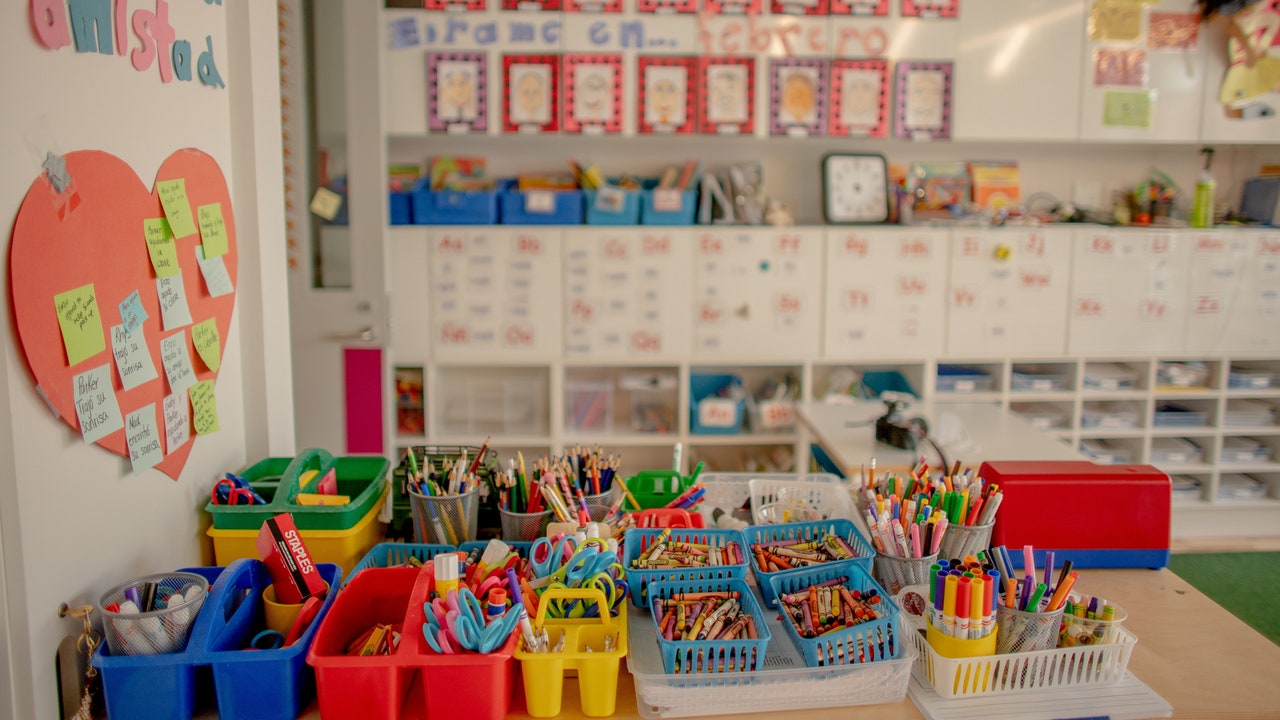Tonight in New York, people can make reservations and eat dinner inside restaurants, as long as they do it before a state-imposed 10 p.m. closing time. They can get on the subway, holiday shop in stores, run on treadmills at the gym or grab a drink at a bar in accordance with the same rule. Despite rising COVID-19 numbers in the former epicenter of the global pandemic, commercial life can and will continue here, while more than 1 million public school children are made to go to school on iPads and computers (that is, if they’re lucky enough to have them. As The New York Times reported last year, 114,000 children in the nation’s largest public school system are homeless; two months into the school year, an estimated 60,000 are still in need of devices).
New York City Mayor Bill DiBlasio shuttered public schools on Thursday as the citywide positive test average reached 3%, ordering those that were in-person at all to switch to remote learning. This is in part because the mayor and the United Federation of Teachers, the teachers union, agreed upon this conservative metric over the summer during tense negotiations to return to work. But it is also because our society continually devalues children and parents, weighing the economy ahead of education—failing over and over again to see that the two are inextricably linked. Across the country, the pandemic has forced parents to cut back hours or leave work entirely, with a disproportionate amount of the burden of remote learning falling to mothers, America’s trusty social safety net.
What kind of society prioritizes being able to enjoy a steak indoors over first-graders learning to read in-person? A broken one. There shouldn’t have to be a choice between the city economy and its children. But as it is, the latter lose every time; students and families were the last to benefit from New York’s flattening of the curve—after businesses returned, schools did not reopen for months. Now, kids are the first to take the fall for rising numbers, even though early concerns about schools as super-spreader sites did not bear out; on the contrary, “only .17 percent of tests conducted in over 2,800 schools over the last month came back positive,” the Times reported last week.
“I would not put schools high on the list of things driving community transmission that need to stop right now,” Denis Nash, an epidemiology professor at the CUNY School of Public Health, told the paper. Evidence points to indoor dining, gyms and other indoor venues as more likely to be high-risk.
